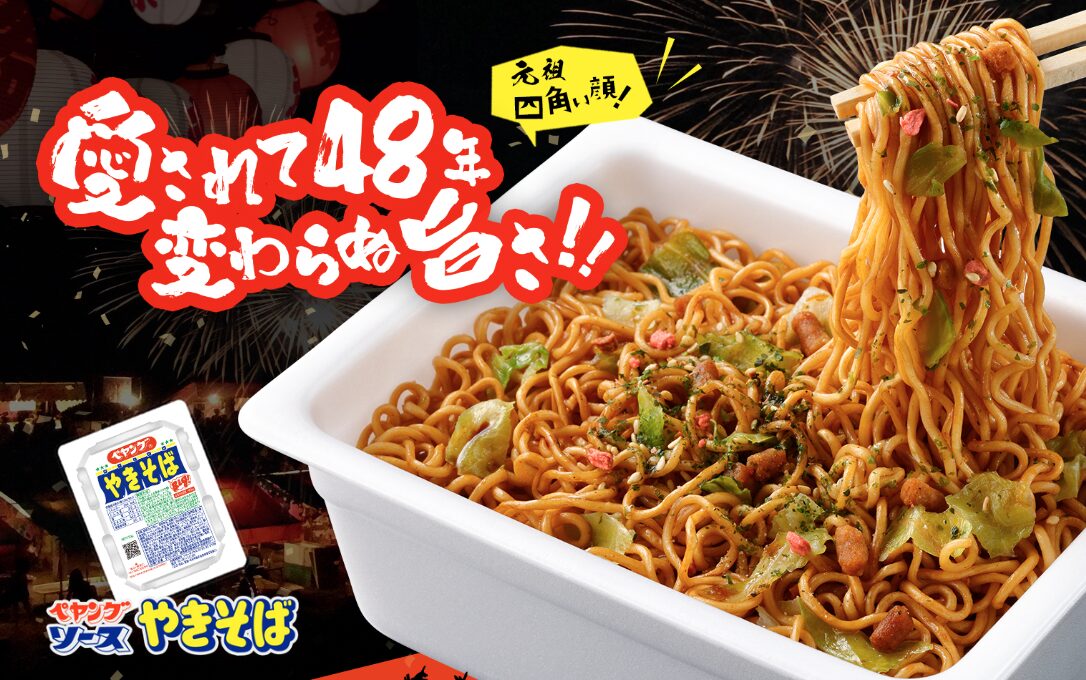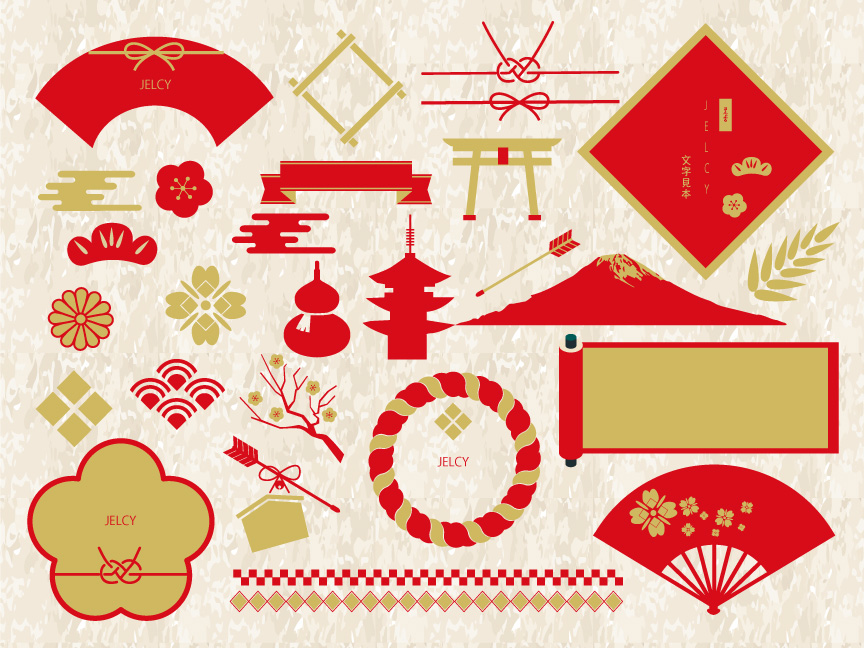Among the many types of Japanese souvenirs, I have selected some that would be easy to take home.
【Kabukiage】


The rice cracker has been popular since 1960.
The aromatic fried rice crackers are seasoned with a sweet soy sauce.
The packaging bag is designed with a pattern used in Kabuki, and each rice cracker is also engraved with a Kabuki family crest design.
The price is about 280 JPY for 11 pieces
It can be purchased at supermarkets.
【Lumonde】

The sweet snack that is popular as a tea snack or as a snack for family gatherings.
It is made of several layers of thin crepe dough wrapped in cocoa cream.
It has a light texture and an elegant taste.
The price is about 170 JPY for 12 pieces.
It can be purchased at supermarkets.
【Caramelcorn】

The sweet snack made of fried corn grits coated with caramel.
It has a crispy texture and is characterized by the aroma and sweetness of milk caramel.
There are salty roasted peanuts at the bottom, which goes perfectly with the sweet corn.
The price is about 140 JPY.
It can be purchased at supermarkets.
【Instant miso soup】

Japanese iconic food miso soup.
In Japan, miso soup is indispensable in both home meals and Japanese restaurants.
Japanese people also use instant miso soup.
It’s convenient because you just need to pour hot water.
It is divided into small portions so you can give it to multiple people.
The one in the photo comes in a pack of 24 and cost about 500 JPY.
It can be purchased at supermarkets and convenience stores.
【Peyoung sauce yakisoba】

As we all know, the king of instant ramen is “CUPNOODLE.”
The king of yakisoba is this “Peyoung sauce yakisoba“.
The sweet and salty sauce coats the chewy noodles, the taste that comes later.
To make it, add the ingredients, pour hot water, wait 3 minutes, then drain the hot water from the drain. Then add the sauce and mix.
The price is about 200 JPY.
It can be purchased at supermarkets and convenience stores.
There is also a extremely spicy products, but it was too spicy for me to eat.
If you like spicy food, give it a try.
【Dried Soba Noodles(Dried buckwheat noodle)】

I recommend “Nihachi Soba” or “Juwari Soba,” both of which allow you to taste the flavor of buckwheat noodles.
Nihachi Soba” is made of buckwheat flour and wheat flour in a ratio of 8:2, and has both the flavor of buckwheat flour and the mooth texture of wheat flour.
“Juwari Soba” is made of only buckwheat flour, without wheat flour, so you can enjoy the original flavor and rich taste of buckwheat.
Hokkaido and Nagano (Shinshu) are famous for producing soba.
The price is about 400 JPY for 200g.
It can be purchased at supermarkets.
【Sushinoko】

A powder that makes it easy to make vinegared rice for sushi.
Vinegared rice for sushi is usually made with rice vinegar, sugar, and salt, but it is very difficult to get the right balance.
If you use this product, you can make delicious vinegared rice just by adding it to hot rice and mixing.
Japanese people also love using it when making sushi rice at home.
The price is about 170 JPY.
It can be purchased at supermarkets.
【Tempurako】

A powder that makes it easy to make tempura batter.
Tempura batter is usually made with soft flour, eggs, and cold water, but it’s very difficult to get the right balance.
You can make delicious tempura by simply dissolving this product in water, adding ingredients, and frying.
The price of the product in the photo is about 200 JPY for 300g.
It can be purchased at supermarkets.
【Gomashio】

Super simple rice seasoning.
A combination of salt and roasted sesame seeds.
Eat it with rice balls or bento rice.
It is a traditional Japanese rice accompaniment.
The price is about 100 JPY.
It can be purchased at supermarkets and convenience stores.
【Sensu】

Sensu is a tool that you hold in your hand to create a breeze when it’s hot.
It was originally an ancient craft used in ceremonies and performing arts, but now there are many products that can be easily purchased.
This is something I always bring with me when I travel, and I always keep it in my backpack.
When I get hot in the bath, I use the sensu to cool myself down.
It’s foldable, so it’s easy to carry.
Prices vary depending on the product, but generally start from around 1,000 JPY.
It can be purchased at department stores, etc.
【Fuurin】

A summer tradition in Japan.
Although the number of people using fuurin has decreased recently, it is a very Japanese product.
Fuurin is a small bell that is hung under the eaves of a house and is designed to make a sound when the wind blows.
The idea of the old people to feel the wind through sound and cool down the hot summer as much as possible is genius.
Prices vary depending on the product, but generally start from around 2,000 JPY.
It can be purchased at Tokyu Hands, Loft, department stores, etc.
【Omamori】

Omamori is a traditional Japanese charm, and there are various types of charms, such as those used to pray for family safety, good luck, passing exams, matchmaking, traffic safety, and easy delivery.
It is also good for praying for safe travels.
The price is about 800 JPY.
It can be purchased at shrines throughout Japan.
Inside the omamori is a small amulet with the name of the god or words of prayer written on it, but it is said that the effect will fade if it is opened.
The omamori loses its effectiveness after one year.
【Bath salts】

Many kinds of bath salts are sold in Japan, which is a hot springs paradise.
I recommend bath salts that reproduce famous hot springs from around Japan, so you can enjoy the atmosphere at home.
Hot springs spring up all over Japan, but each has different quality and efficacy.
If you buy bath salts that reproduce hot springs from all over Japan, you’ll be able to enjoy the differences.
The price is about 700 JPY for 15 bags.
It can be purchased at drugstores.
This page will be updated as new information becomes available.
